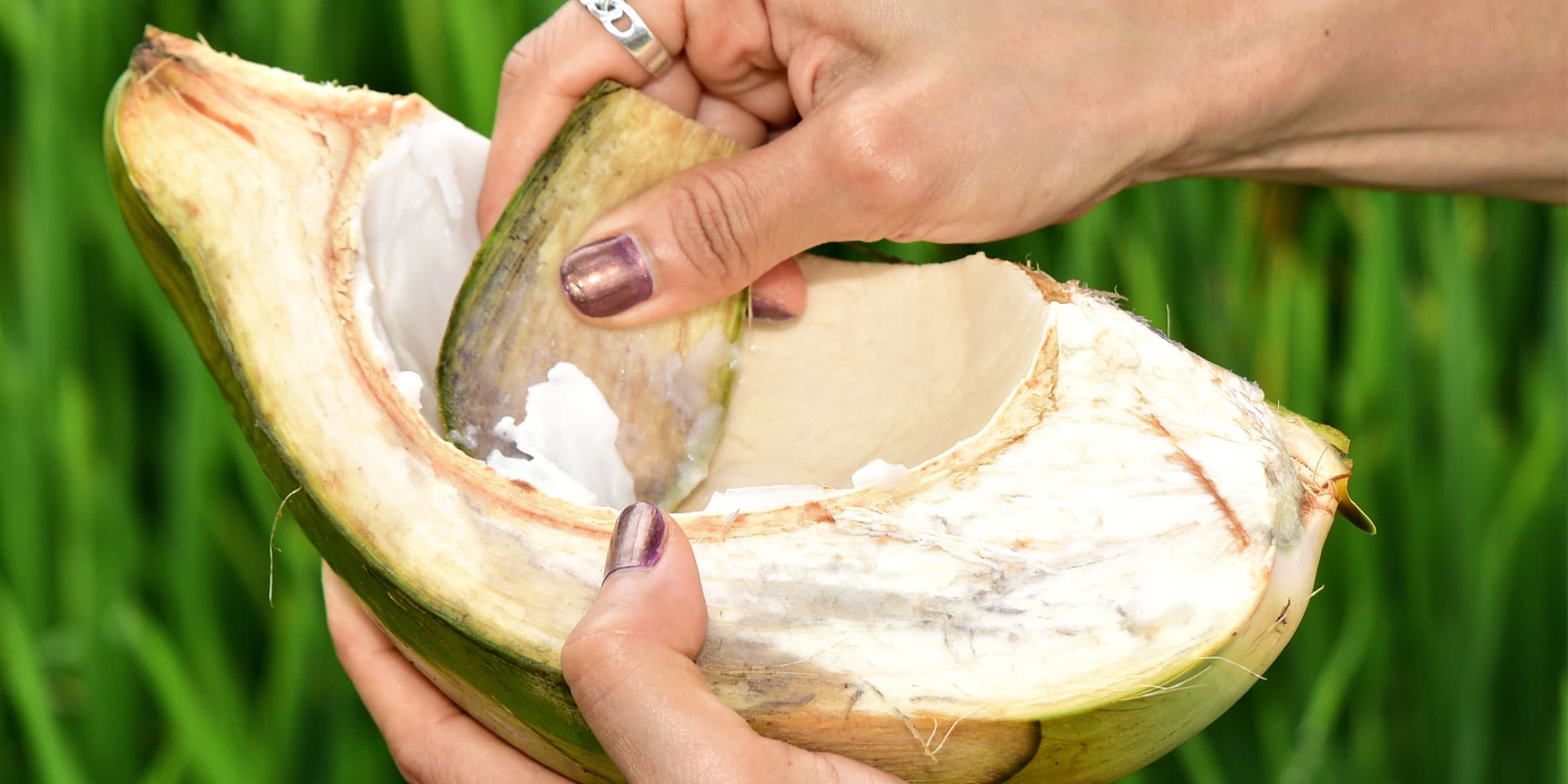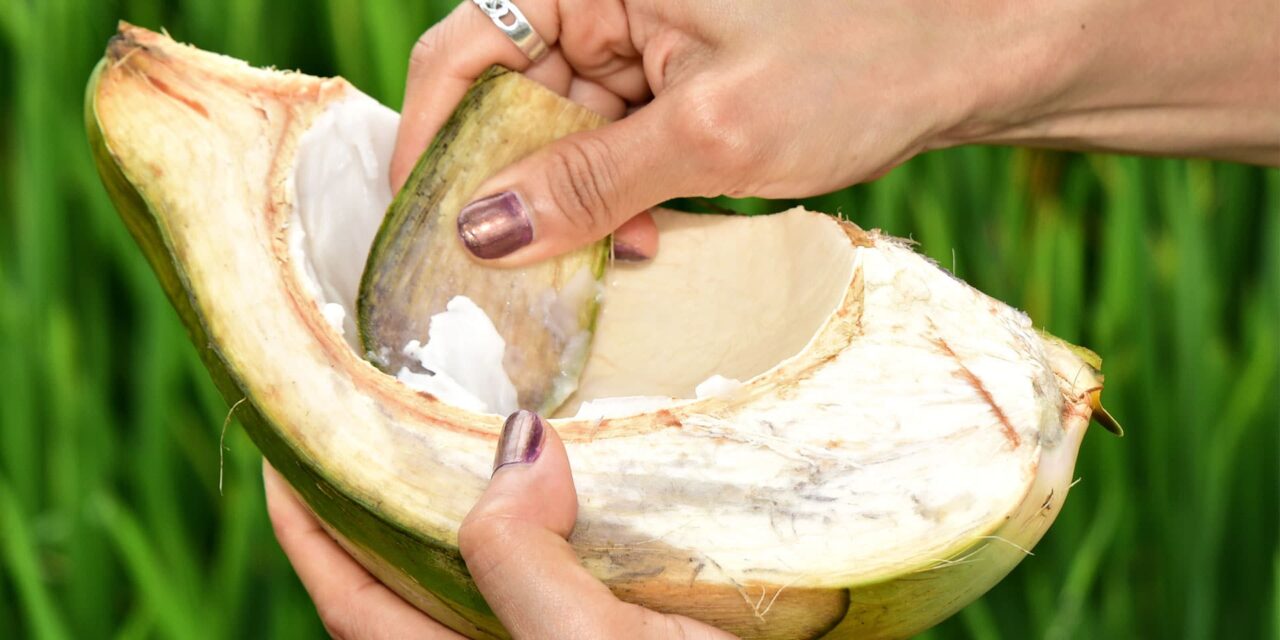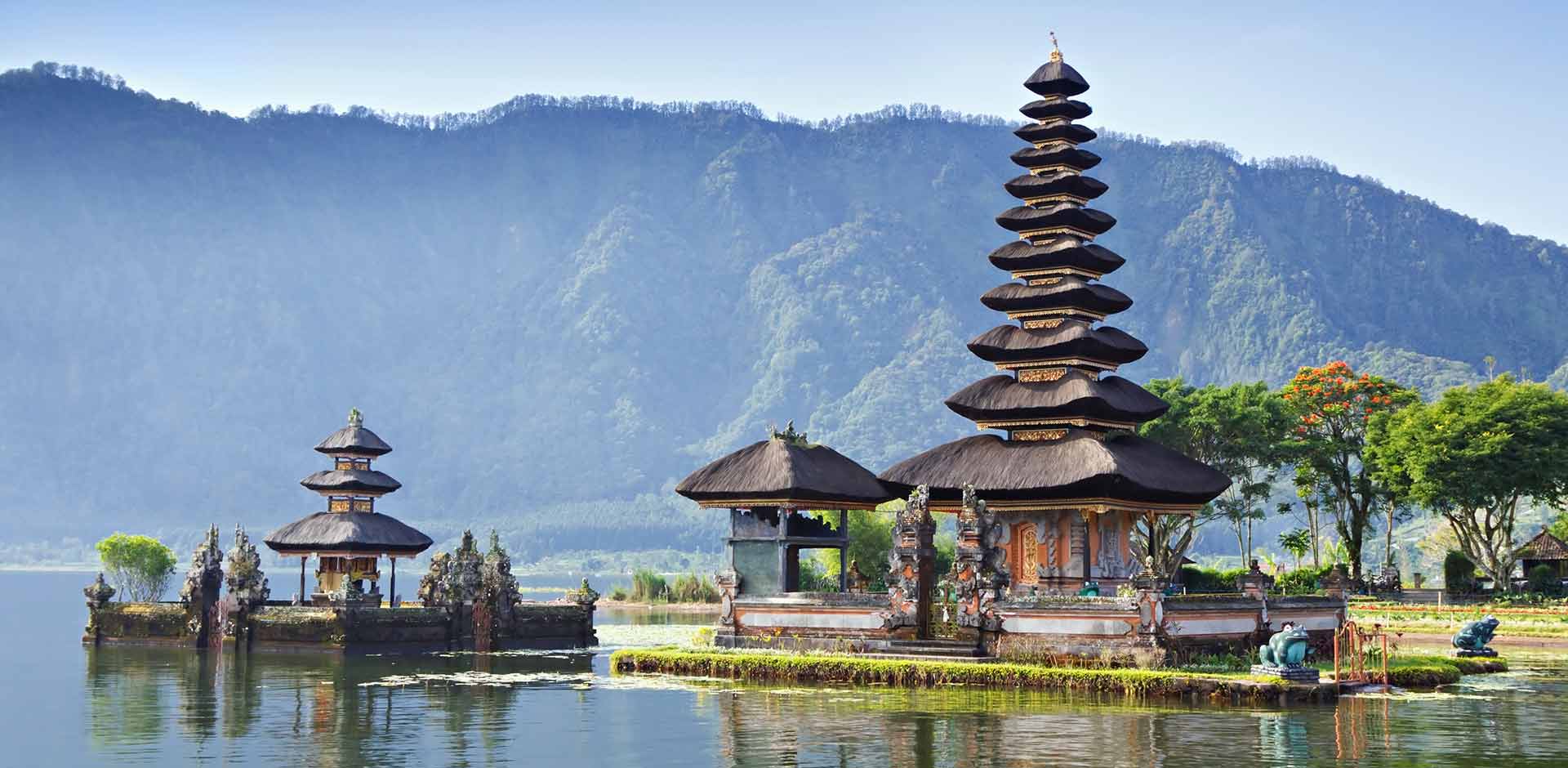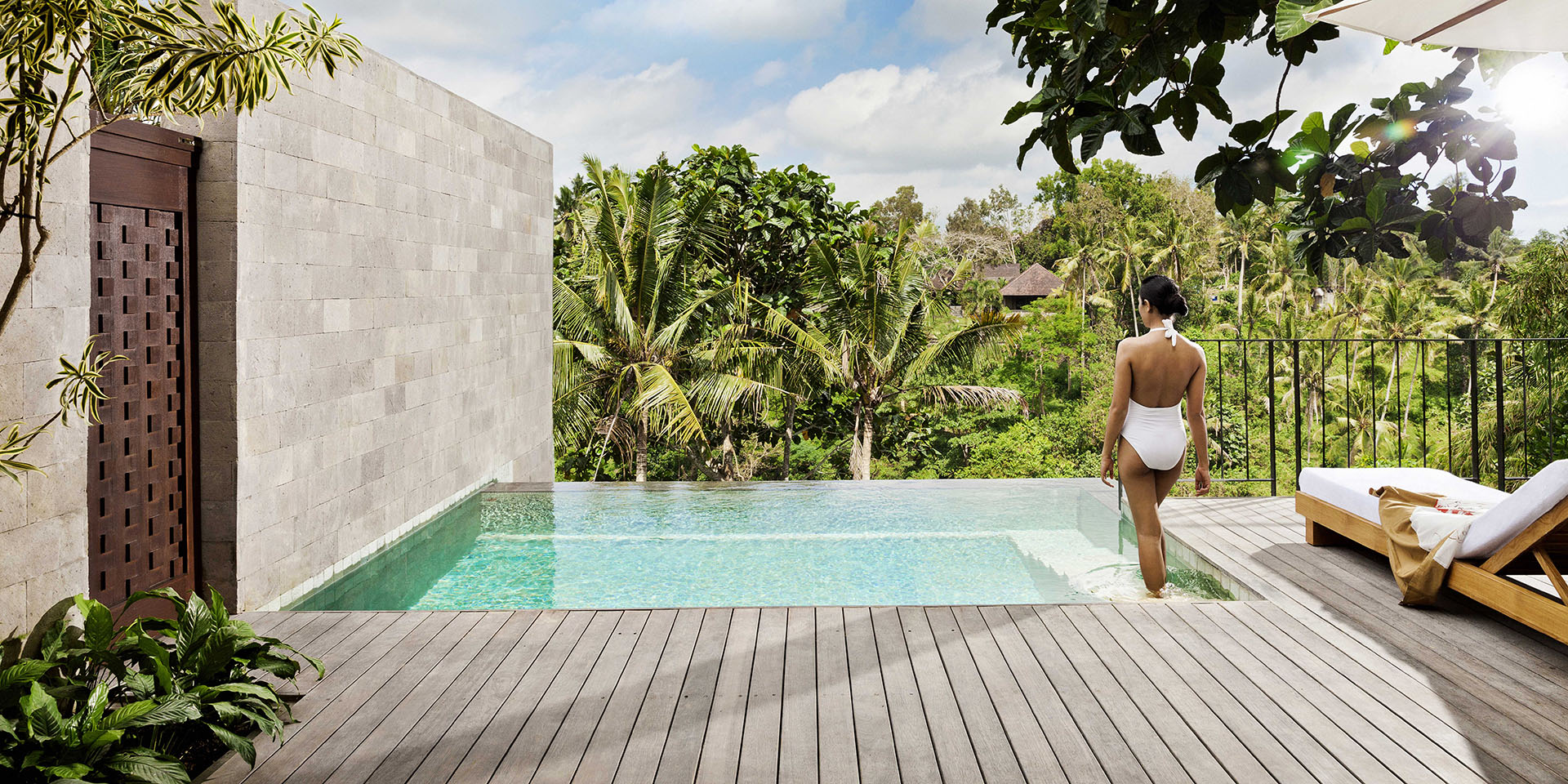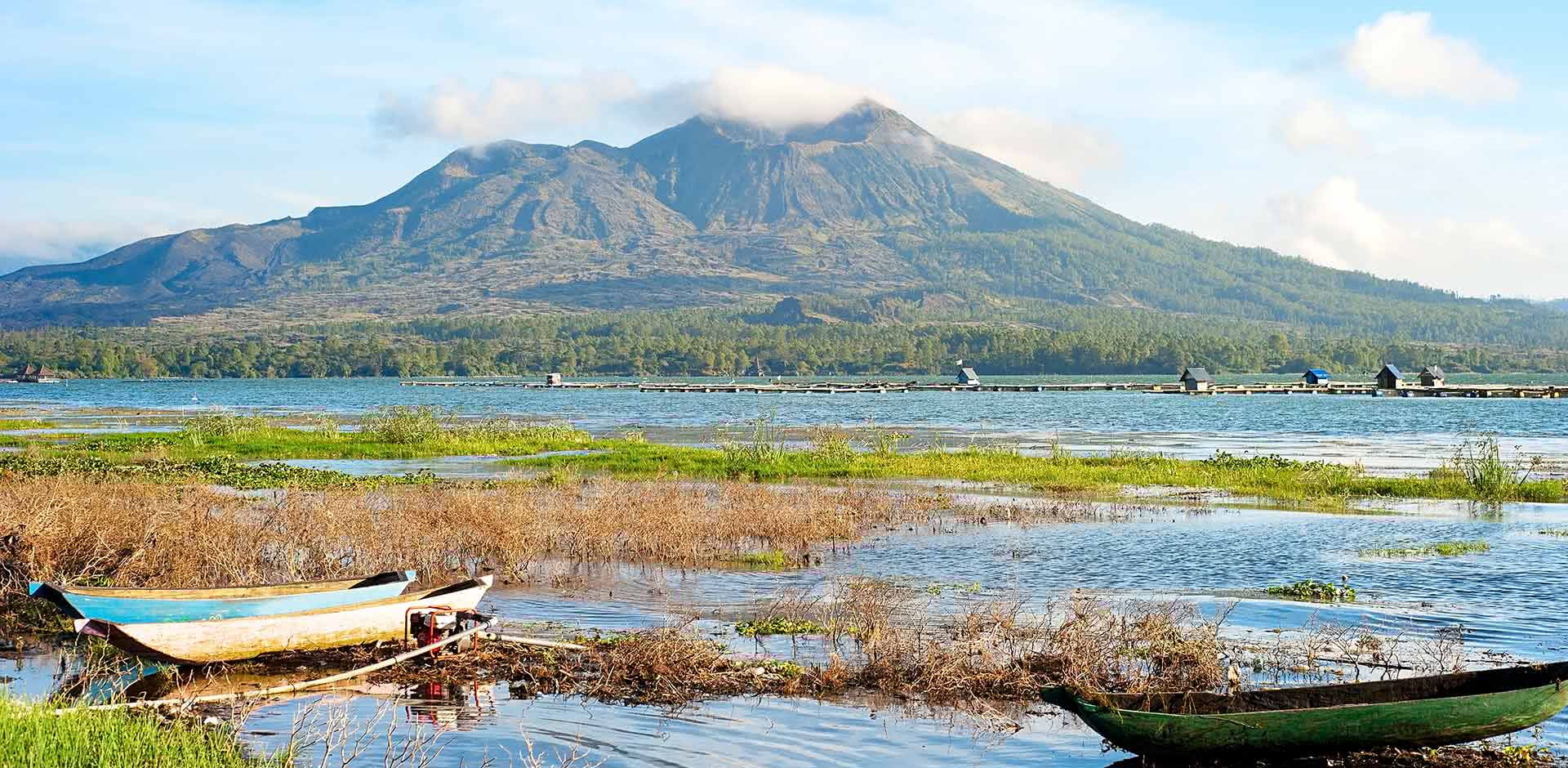As a journalist, I consider myself an observant person. But it turns out I’m not. During a brief walk through the Balinese countryside, I’ve unwittingly passed at least a dozen ingredients for herbal medicines, organic beauty products, and cuisine. None of them registered with me beyond the thought: “That’s a nice-looking plant”.
Ubud’s lush environment is so dense with flora that my guide Dewi Rustini says it’s like being surrounded by the world’s biggest market. A university-educated botanist, Dewi leads tourists on walks through the Ubud countryside identifying local plants and explaining the myriad ways they are used by locals. The 29-year-old Balinese woman, who runs Ubud Botany Interactive also teaches tourists how to make herbal beauty products from nothing but natural ingredients plucked out of the Ubud landscape of Indonesia.
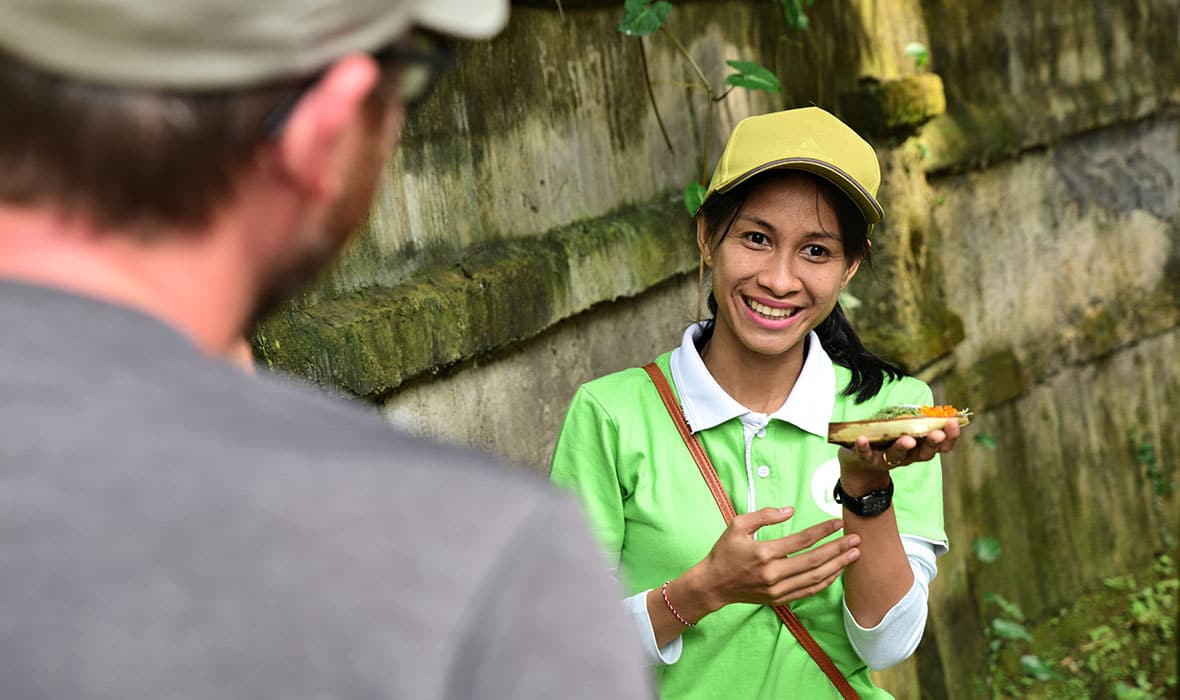
ABOVE: Dewi Rustini, the Ubud botanist.
Hands-on tourist activities like this have become increasingly popular in Ubud, which is renowned for attracting travelers who want to commune with nature. It is this desire to get close up with the stunning Balinese environment which has inspired some remarkable hotels which give the feeling of living amongst Ubud’s jungle.
Since opening in June, The Capella Ubud has earned worldwide attention for its unique tent-style accommodation, while the Ritz-Carlton resort Mandapa is nestled deep amid rainforest, overlooking lush rice paddies. Most guests at these resorts would not realize the nearby jungle conceals so many plants treasured by locals.
Dewi tells me that, even as a child, see had no idea of the natural bounty which surrounded her.

ABOVE: An Ubud local demonstrates how to scale a coconut tree.
But the older she got the more intrigued she became by the riches of the Balinese countryside and their usefulness in substituting for chemical compounds. Instead of purchasing Western skin creams and shampoos filled with ingredients made in a laboratory, many Balinese people still prefer to buy or make their own natural products, just as their ancestors did for centuries.

ABOVE: A tour participant drinks from a fresh coconut during the botany walk.
As we follow a path which winds through the Kajeng Rice Fields, just north of the Ubud town center, Dewi begins to point out the ingredients which made up the natural shampoo I concocted last time around. Decorating the edge of a rice paddy is a cluster of bright red Hibiscus leaves, which are crushed into many Balinese natural beauty products, adding color and fragrance.
Nearby is some spiky aloe vera, a succulent plant which has been used by Indonesians for therapeutic purposes for hundreds of years. Locals make shampoo by crushing up aloe vera in a pestle and mortar, along with leaves of hibiscus, magnolia, frangipani and Ylang-Ylang flowers, and mixing the resulting paste with water. After my last workshop with Dewi I repeatedly used this shampoo, as well as the sunscreen I made from a mix of Avocado, aloe vera, coconut milk and coconut oil. Both worked well and were pleasant to use.

ABOVE: The famously verdant countryside around Ubud.
After nearly an hour of walking with Dewi in the searing Balinese sun I tell her I’m developing a slight headache. She seizes the moment by leading me to a clove tree. “Cloves are good for pain relief,” she says. “Maybe just take one off the tree and chew on it”.
I’m also starting to feel hungry and so I ask Dewi which plants around us are edible. Just meters away is a cacao tree, which has long been harvested by the Balinese to get cocoa, the key ingredient in Chocolate. More commonly we come across tropical fruits like coconuts, bananas, pineapples, jackfruits and papayas, which are all around us, just waiting to be plucked and eaten. Also widespread are sugar palms and sugar cane, which as their names suggest are popular sources of sweeteners.
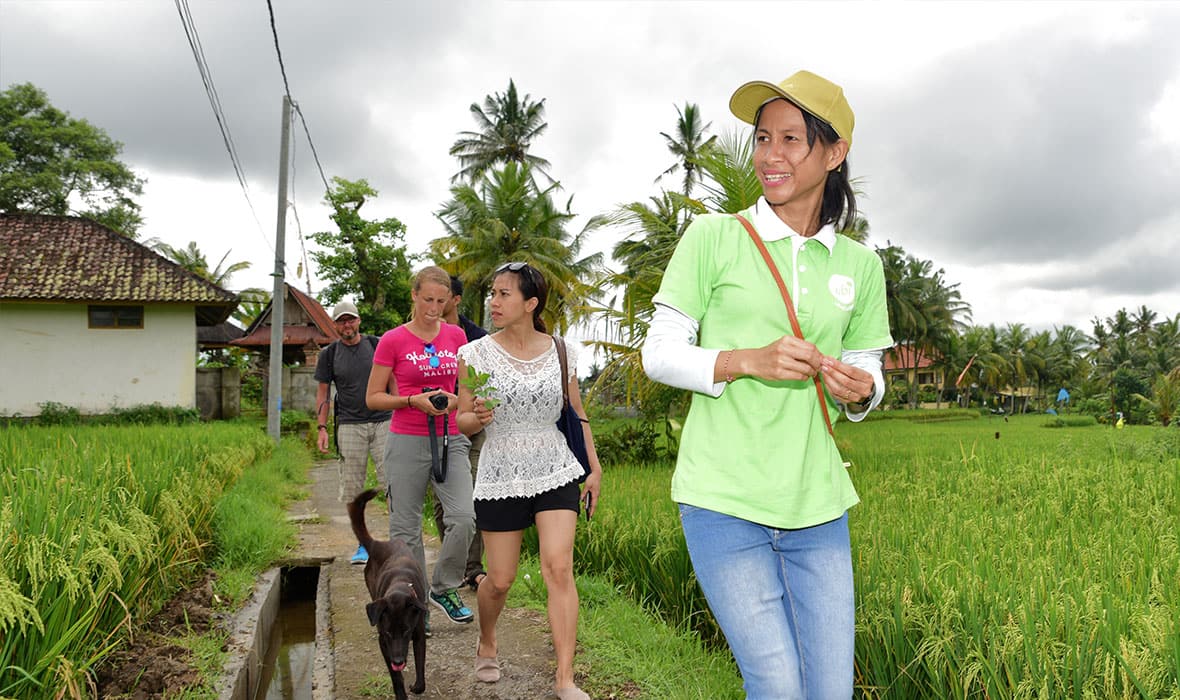
ABOVE: Dewi Rustini leading a group through Ubud.
Dewi also identifies some less obvious food sources. We see Cat’s Whiskers, an herb from the mint family used to flavour tea, as well as spices like cinnamon, ginger, turmeric and vanilla, all of which are used in various Balinese dishes. There are also patches of root vegetables like Taro and Cassava.
I get a lemon-like scent from what turns out to be Citronella grass, and ask Dewi if this is used to flavor drinks or food. “Actually that is not good for food, the taste is bad,” she says, scrunching up her face. “But it is used for citronella oil and that is good for making natural deodorant or repellent of insects”.
As we near the end of our long walk Dewi finally seems to have run out of plants to explain. Then she grins and plucks a small white flower from a shrub. “This is Starflower,” she says, holding it in front of my face. “The farmers like this flower. It collects dew. In the morning when they start their work they pick the flower and hold it to their eye so dew goes in their eye. It is refreshing”. Now, I’m not quite ready to pour dew into my eye, but I finish our botanical expedition with a fresh sense of amazement at the Ubud countryside. It is truly a bountiful place.

